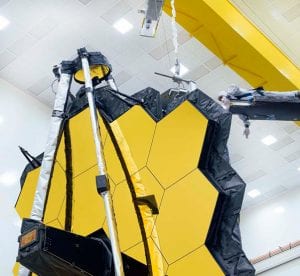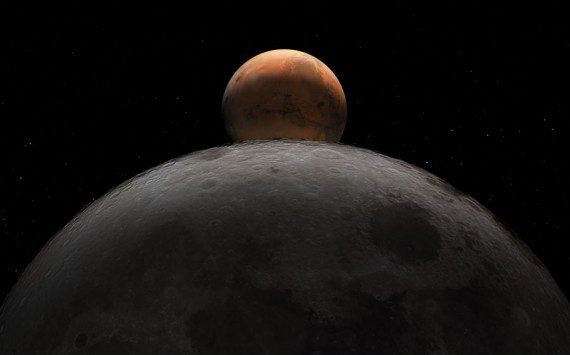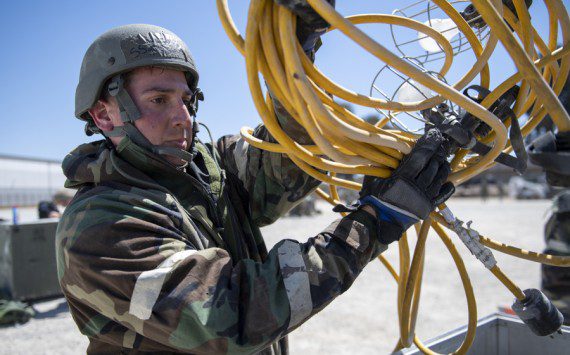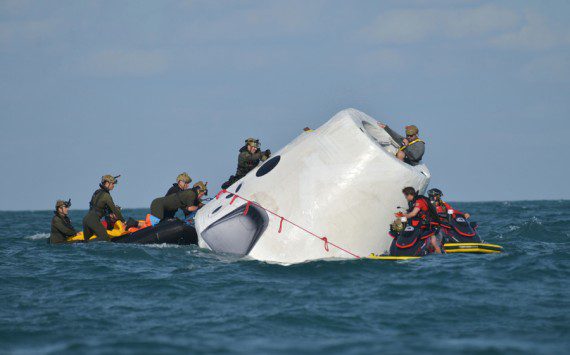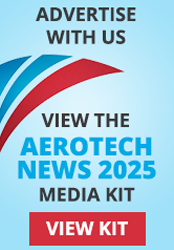For the last time while it is on Earth, the world’s largest and most powerful space science telescope opened its iconic primary mirror. This event marked a key milestone in preparing the observatory for launch later this year.
As part of the NASA’s James Webb Space Telescope’s final tests, 21 feet, 4 inch mirror was commanded to fully expand and lock itself into place, just like it would in space.
The conclusion of this test represents the team’s final checkpoint in a long series of tests designed to ensure Webb’s 18 hexagonal mirrors are prepared for a long journey in space, and a life of profound discovery. After this, all of Webb’s many movable parts will have confirmed in testing that they can perform their intended operations after being exposed to the expected launch environment.
As part of the #NASA’s James Webb Space #Telescope’s final tests, 21 feet, 4 inch mirror was commanded to fully expand and lock itself into place, just like it would in #spacehttps://t.co/w2N92ymuYn#spacex #astronaut #spaceweather
— Aerotech News and Review (@Aerotechnews86) May 13, 2021
“The primary mirror is a technological marvel. The lightweight mirrors, coatings, actuators and mechanisms, electronics and thermal blankets when fully deployed form a single precise mirror that is truly remarkable,” said Lee Feinberg, optical telescope element manager for Webb at NASA’s Goddard Space Flight Center in Greenbelt, Md. “This is not just the final deployment test sequence that the team has pulled off to prepare Webb for a life in space, but it means when we finish, that the primary mirror will be locked in place for launch. It’s humbling to think about the hundreds of dedicated people across the entire country who worked so hard to design and build the primary mirror, and now to know launch is so close.”
Making the testing conditions close to what Webb will experience in space helps to ensure the observatory is fully prepared for its science mission one million miles away from Earth.
Commands to unlatch and deploy the side panels of the mirror were relayed from Webb’s testing control room at Northrop Grumman, in Redondo Beach, California. The software instructions sent, and the mechanisms that operated are the same as those used in space. Special gravity offsetting equipment was attached to Webb to simulate the zero-gravity environment in which its complex mechanisms will operate. All of the final thermal blanketing and innovative shielding designed to protect its mirrors and instruments from interference were in place during testing.
